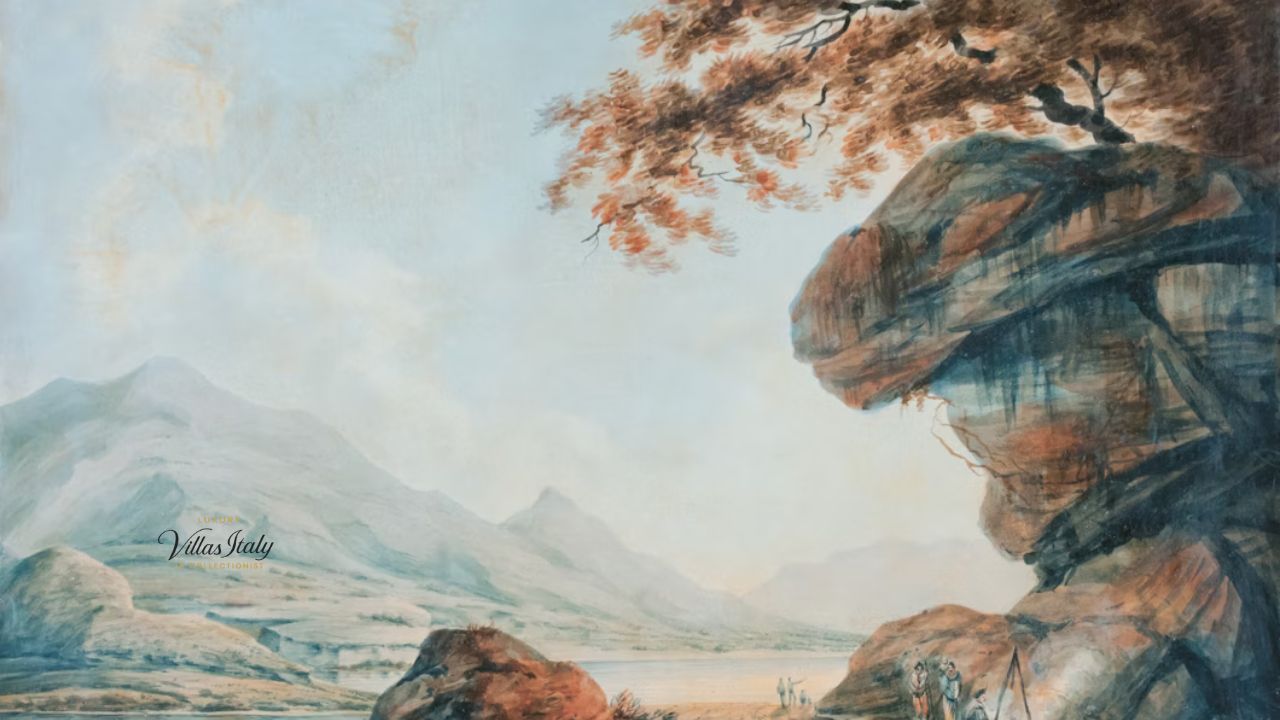Landscape drawing is one of the most rewarding and meditative forms of artistic expression. It allows you to capture the beauty and tranquility of nature through your own unique lens. Whether you’re sketching a serene shoreline, a dense forest, or rolling hills at sunset, mastering the art of landscape drawing will elevate your artistic skills and deepen your appreciation for the world around you. This guide will walk you through the tools, techniques, and tips you need to create stunning landscapes—regardless of your experience level.
Quick Overview of Landscape Drawing
| Aspect | Details |
|---|---|
| Definition | Artistic representation of outdoor scenes such as mountains, rivers, forests, and skies. |
| Recommended Tools | Pencils (graphite, charcoal, colored), erasers, sketching pads, blending stumps. |
| Key Techniques | Perspective drawing, shading, hatching, blending, and value study. |
| Skill Level | Suitable for beginners, intermediate artists, and professionals. |
| Time to Master | Basic skills in 2–3 months; advanced skills in 1–2 years with consistent practice. |
| Popular Artists | Claude Lorrain, John Constable, and contemporary urban sketchers. |
Now that you have a clear snapshot of what’s involved in landscape drawing, let’s dig deeper into its techniques and secrets.
Why Landscape Drawing Is Worth Your Time
Landscape drawing offers more than just creative satisfaction. Here’s why it’s a favorite among artists:
- Connection to Nature: Drawing natural landscapes creates an intimate bond with the environment.
- Stress Relief: The act of sketching outdoors can be incredibly calming.
- Skill Development: It improves your perspective-handling abilities and enhances attention to detail.
- Personal Growth: With consistent practice, you’ll develop patience, precision, and creativity.
Tapping into nature as your muse can be inspiring, and the skills you learn along the way are transferable to other art forms.
Essential Tools and Materials for Landscape Drawing
To get started with landscape drawing, you need the right tools. Investing in high-quality supplies will ensure better results and make the process more enjoyable.
Recommended Tools
- Graphite Pencils
HB, 2B, and 4B pencils are versatile for shading and sketching.
- Charcoal
Adds depth, especially for bold contrasts in black-and-white drawings.
- Colored Pencils
Suitable for vibrant and detailed landscapes.
- Erasers
Kneaded erasers work great for subtle marks, while standard erasers remove pencil lines cleanly.
- Sketchbook or Drawing Pad
Opt for medium-to-heavyweight paper that handles various mediums.
Optional Supplies
- Blending stumps or tortillons for smooth transitions.
- Fixative spray to preserve your completed drawings.
- Ruler or triangle for precise perspective lines.
Quick Tip:
Experiment with different tools to find what you enjoy most. For example, some artists prefer working exclusively with charcoal for its bold texture, while others love intricate landscape drawings using colored pencils.
Techniques for Mastering Landscape Drawing
Understanding Perspective
Perspective is at the heart of landscape drawing. It helps you depict depth and space realistically. Here are the three most common types:
- Linear Perspective
Use vanishing points to maintain proportion and distance.
- Aerial Perspective
Objects in the distance appear lighter and less detailed.
- Foreshortening
Create the illusion of compression as objects recede into the distance.
Shading and Texturing
Shading adds dimension to your landscapes. Combine techniques for a more lifelike effect:
- Gradient Shading creates gradual tonal shifts for smooth surfaces like skies or water.
- Cross-Hatching builds texture for rough elements like rocks or tree bark.
- Stippling forms detailed patterns, ideal for highlighting foliage.
Light and Shadow
Study how sunlight interacts with surfaces. Shadows can be hard-edged (direct light) or soft-edged (diffused light). Practice observing natural environments to hone your ability to replicate their lighting conditions.
Composition Matters
Successful landscapes guide the viewer’s eye through thoughtful composition:
- The Rule of Thirds divides the canvas into nine sections, helping you balance elements.
- Use natural lines (like rivers or pathways) to lead the eye toward focal points.
Real-Life Example:
A beginner artist, Jennifer D., shared this review after practicing these principles for three months:
“Once I understood perspective and composition, my landscapes went from flat to fantastic! I now feel confident enough to take my sketchbook on hikes.”
Tips for Drawing Specific Landscapes
Forests
- Focus on layering density with overlapping trees.
- Use a mix of vertical and diagonal lines to create rough bark textures.
Mountains
- Start with simple shapes, such as triangles, and refine details later.
- Use shading to show the surfaces illuminated by sunlight versus shadowed planes.
Water Bodies
- Reflect surrounding elements on the water for a realistic look.
- Use horizontal lines to suggest ripples or calm water surfaces.
Skies
- Capture the sky’s mood with gradients. Soft clouds? Try circular motions with a blending tool.
These tips will help your landscape drawings achieve realism while maintaining your unique style.
Inspiration from Iconic Landscape Artists
Some of history’s greatest artists devoted their careers to capturing the majesty of nature:
- Claude Lorrain specialized in serene sunsets and classical ruins.
- John Constable focused on pastoral countryside scenes.
- Modern urban sketchers bring a contemporary edge to cityscapes like parks and plazas.
Learning about these artists can enrich your practice and inspire fresh ideas.
Frequently Asked Questions About Landscape Drawing
1. Is landscape drawing suitable for beginners?
Absolutely! Landscapes are a great way to practice foundational skills like perspective and shading. Plus, the subject matter allows for creative freedom.
2. How long does it take to master landscape drawing?
With consistent practice, beginners can achieve noticeable progress within 2–3 months. Advanced skills typically require 1–2 years.
3. What’s the best paper for landscape drawing?
Opt for medium-to-heavyweight textured paper, such as 100–160 gsm sketch pads, to handle various tools without tearing.
4. Can I use landscape drawing as a form of relaxation?
Yes! Sitting amidst nature and sketching is a fantastic way to unwind.
5. Should I draw from life or photos?
Both work. Drawing from life sharpens observational skills, while photos provide endless composition options.
6. What’s the typical size for landscape sketches?
Beginners often start with 9×12-inch pads, while professionals might work on larger canvases.
7. How do I make clouds look more realistic?
Blend carefully with a soft tool and pay attention to the shadows within the cloud fluff.
8. Can I monetize my landscape drawings?
Yes, through prints, online commissions, or entering galleries.
Final Thoughts
Mastering landscape drawing isn’t just about technique—it’s about interpreting the world with your personal touch. With the right tools, plenty of practice, and inspiration from the greats, you’re on your way to creating breathtaking artwork. Grab your sketchbook, head outside, and start capturing the beauty of nature one stroke at a time.
Admin Recommendation
Luxury Villas in Greece: Discover Le Collectionist’s Exclusive Retreats
Luxury Villas Italy Le Collectionist: A Dream Worth Indulging












